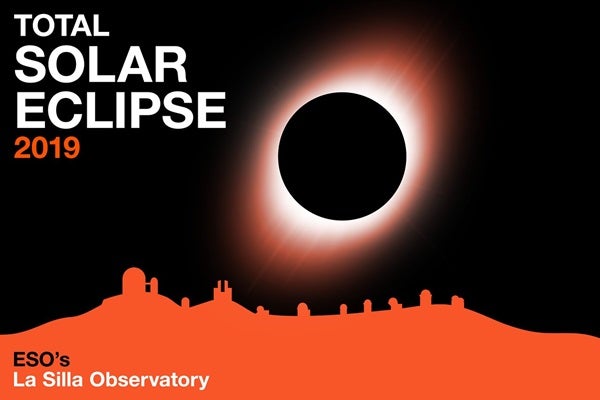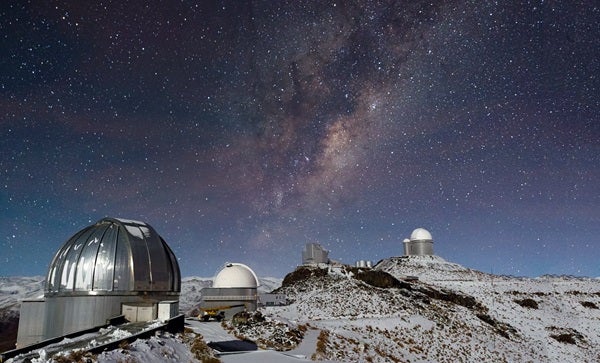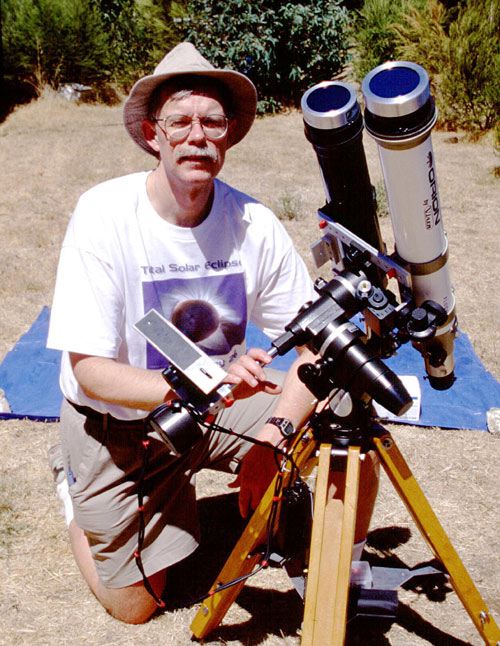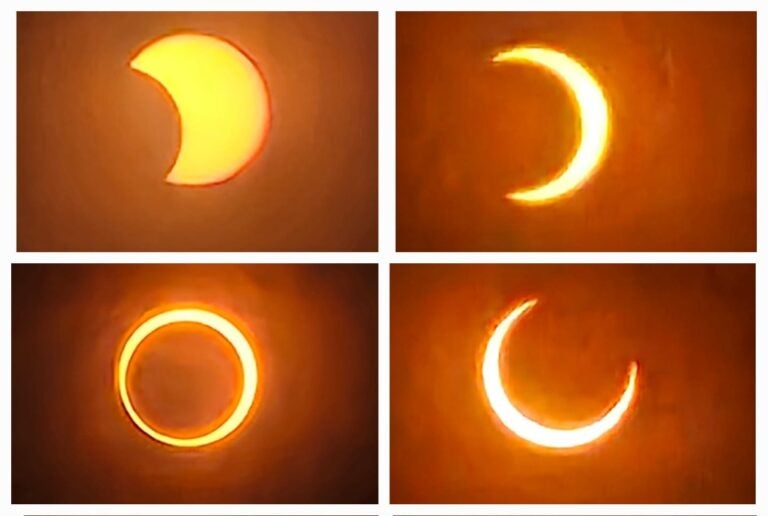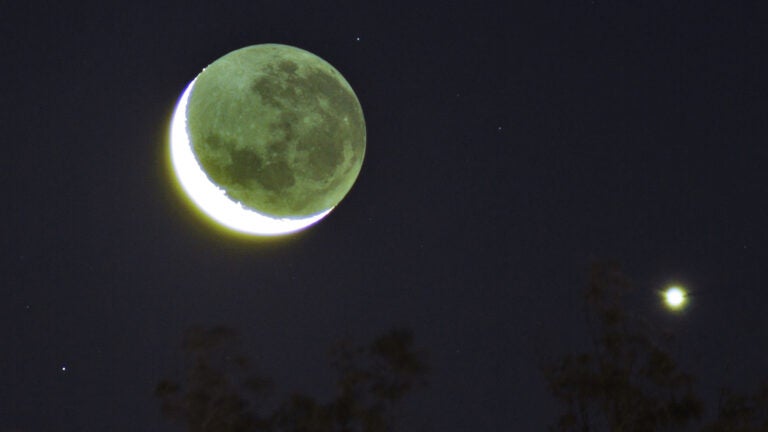2019’s totality will sweep across ESO’s La Silla Observatory, home of the 3.58-meter New Technology Telescope and the ESO 3.6-meter optical and near-infrared telescope, as well as several other national and project telescopes. The same year, the observatory will celebrate its 50th year of operations, along with the 100th anniversary of the establishment of the International Astronomical Union and the expedition led by Arthur Eddington, which confirmed the predictions of general relativity by observing background stars visible during another total solar eclipse. In honor of this confluence of so many major events, ESO is offering 700 tickets to view totality from La Silla.
Tickets will be sold on a first-come, first-serve basis; they will go on sale November 22 in the ESOshop online and cost 200 euros apiece. Each ticket includes transportation to the observatory from the base of the mountain, as well as a guided tour of the facilities. More details will also be available at the time tickets go on sale. You can receive an alert when tickets become available by signing up ahead of time for ESOnews.

